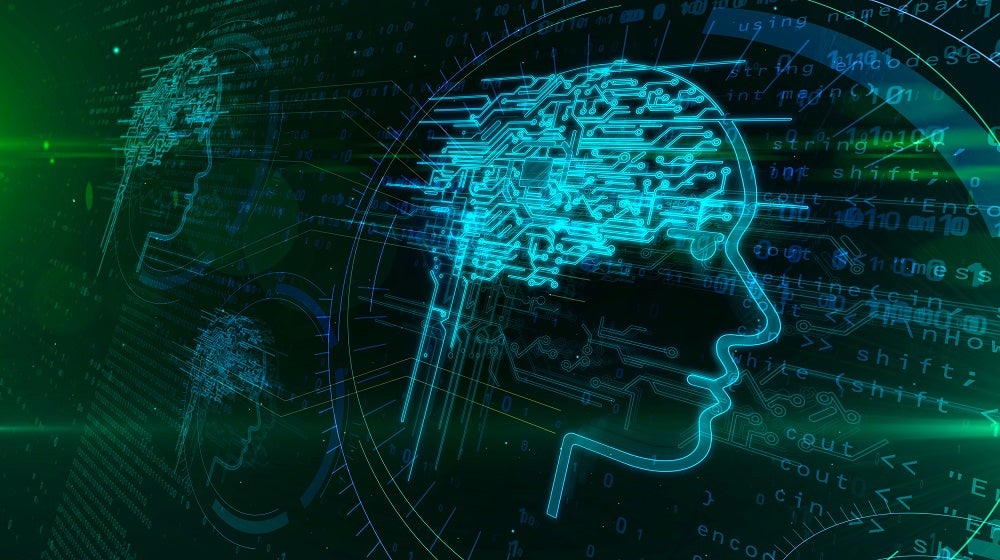
Neurological devices, such as deep brain stimulation (DBS) or spinal cord stimulation (SCS), are used to diagnose, prevent, and treat disorders and conditions such as Alzheimer’s, Parkinson’s disease, epilepsy, and pain management.
The prevalence of neurological disorders and the need for pain management has increased dramatically over recent decades due to the ageing population. In fact, GlobalData epidemiologists forecast an increase in diagnosed cases of Parkinson’s disease, with cases rising from 2.3 million in 2016 to 2.9 million in 2026, indicating an approximate annual growth rate of 2.52%.

GlobalData also reports that digital health technologies in neurology are estimated to grow, forecasting that collaborations and investment will continue to drive digital trends and that they will become increasingly focused on specific indications, such as neurology.
Neurostimulation devices
DBS treatment involves a medical device called an implantable pulse generator (IPG), which delivers electrical stimulation to electrodes implanted in specific areas of the brain that control movement in order to block abnormal nerve signals that cause symptoms. The DBS system is comprised of electrodes that are inserted through a small opening in the skull and the impulse generator, which are connected by ultra-fine insulated conductive wires.
Spinal cord stimulation (SCS) has a similar structure to DBS, consisting of an electrical pulse generator, electrodes and connecting wires, as well as a remote to control the input parameters of the pulse. SCS is commonly used for pain management, as the electrical pulses can modify and mask the pain signal before it reaches the brain.
Neurodiagnostics and neurointerventional
Neurological devices used for diagnostics include electroencephalograms (EEG), which are small sensors that are attached to the scalp to pick up the electrical signals produced by the brain. They are used to diagnose and monitor a number of conditions affecting the brain, as well as identify the cause of symptoms such as seizures or memory problems.
Neurointerventional radiology or neurovascular intervention is an emerging medical speciality area. The rising global prevalence of stroke and brain aneurysm cases means that the neurointerventional devices market is expected to grow, with devices including embolic coils, flow diverters, and neurovascular stents.
Manufacturing challenges for advanced neurology devices
Medical device manufacturers need to ensure that every component is perfectly calibrated to the application. When it comes to medical wire, many manufacturers do not have the in-house expertise to design and develop medical wire for neurological devices that offers the precision, conductibility, and biocompatibility that is required.
Alleima, formally Sandvik Materials Technology, manufactures ultra-fine high-quality wires for use in DBS and SCS devices that are both highly durable and conductive. From its extensive range of stainless steel, precious metals and CoCr alloys, as well as coatings and surface treatments, Alleima works closely with customers to configure medical wire components that are perfectly calibrated for deep brain stimulation and spinal cord stimulation applications.
According to Alleima specification sheets, commonly suggested wire material for DBS and SCS applications are the platinum-iridium alloys (Exera® Pt10Ir and Exera® Pt20Ir), which offer excellent biocompatibility along with radiopacity, moderate strength and good formability. To maximise fatigue strength for implantable devices, these platinum-iridium alloys are delivered with the highest surface finish (Medical class).
For the insulated coating, Alleima offers PTFE synthetic fluoropolymer coating, with coating thickness ranging from 0.00127 to 0.0127 mm that meet NEMA and JIS standards.
To find out more about how Alleima is working with sensors and remote monitoring, download the whitepaper below.



